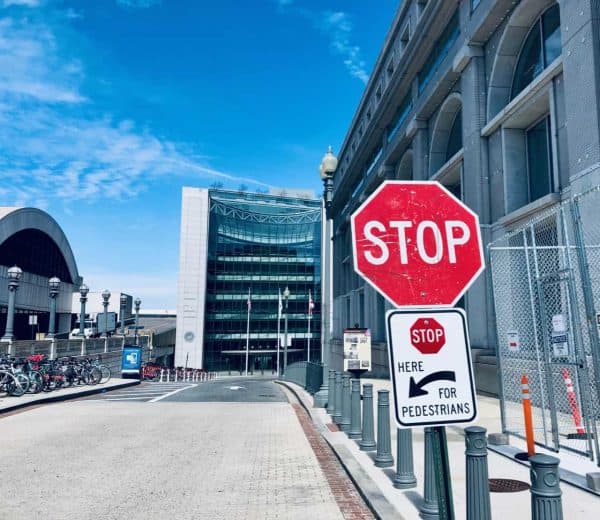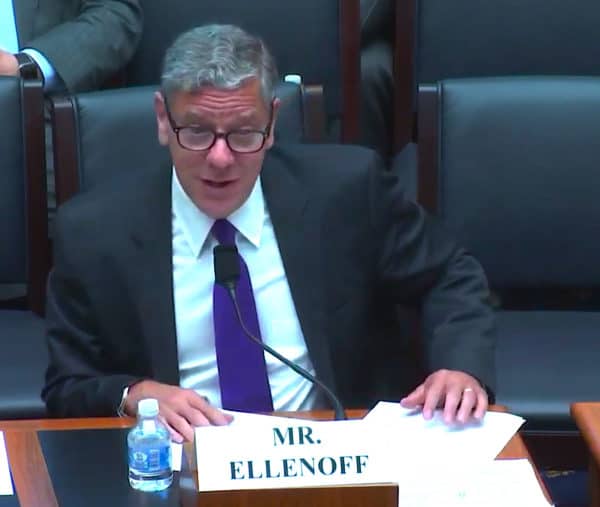
Last year was a big one for the SPAC [special purpose acquisition company] market. Reportedly, 613 SPAC offerings were floated on an exchange easily topping 420 traditional initial public offerings. Since the beginning of 2022, SPAC offerings have slowed to around 62 so far. SPACs may take another body blow following the Securities and Exchange Commission’s proposal for additional rules which may “rewrite the playbook” for SPACs – perhaps to the point of making them no longer viable.
SPACs have been around for decades but regained interest from Wall Street as an expedited path to take a company public while generating significant returns for the sponsors. Over the years, legislators and regulators have added rule upon regulation making a public offering viable only for larger firms able and willing to shoulder the increasing amount of disclosure required along with the cost that takes money away from building a company. Today, a promising firm aims to remain private for as long as possible due to these economic costs.
Recent headlines have lambasted the SPAC market labeling it as “sputtering” – one recent headline described SPACs as a “curse word.” Of course, this is during a time of heightened market volatility, booming inflation, and rising interest rates. Few want to go public right now.
Following the proposal from the SEC, Commissioner Hester Peirce issued a pointed statement, dissenting from the proposal saying, “the proposal – rather than simply mandating sensible disclosures around SPACs and de-SPACs, something I would have supported – seems designed to stop SPACs in their tracks. The proposal does not stop there; it also makes a lot of sweeping interpretations of the law that are not limited in effect to the SPAC context.”
While Commissioner Peirce’s opinion has merit, she is a lone voice at the Commission pushing against these rule changes. For all intents, following the comment period (which is ongoing) the SEC is poised to hobble the SPAC market.

Earlier this year, CI had a discussion with Doug Ellenoff, Managing Partner of Ellenoff, Grossman, and Schole, the leading law firm in the SPAC market. We asked him to address some of the criticism being foisted upon these blank check firms. We asked his thoughts on a research paper that has frequently been referenced by opponents of SPACs in their current form.
The paper, entitled A Sober Look at SPACs was first published in 2020 but has been frequently updated – most recently last January. The authors state that the costs in the SPAC structure are “subtle, opaque, higher than has been previously recognized, and higher than the cost of an IPO.”
Ellenoff challenged some of the claims in the report stating the authors seem to have spoken with SPAC professionals and participants on soft issues like deal certainty and speed:
“… they pay limited attention to it, maybe because they are primarily focused on returns and Finacial metrics. These are much more important than I think they realize and require much more attention and acceptance to fully understand why a commercial party may pay increased fees or indulge other issues of concern raised in the study.”
Ellenoff found some of the points made as confusing noting that while the report was updated through the end of 2021 but the narrative did not appear current:
“This isn’t a criticism and is probably more a reflection on my limited time to fully absorb their results. I have a few hours and they no doubt spent months, again, apologies it is clearly an authoritative piece. It’s worth a read through and SPAC market professionals would be well-served reading it and facilitating discussions to cherry-pick certain of their suggestions. As my father was fond of saying “You fight an idea with a better idea” and there are some worthwhile suggestions to consider. Like in the early days of SPACs, all market participants, sponsors, bankers, accountants, lawyers, transfer agents, listing authorities, and regulators routinely collaborated to improve the process.”
Ellenoff agreed that SPACs are more expensive than IPOs adding that it is a two-step process; an IPO followed by an M&A transaction (from a legal process point of view) with all of the associated fees that go along with that and a follow on financings.
“This is understood by market participants generally and available in the disclosure,” said Ellenoff and should be clear to all.
As is pointed out in the study, returns versus other chosen benchmarks aren’t as good, in many cases by wide margins. But Ellenoff believes that the benchmarks utilized may not be the best comparison as some of the deals are effectively venture deals that may need 3-5 year time horizons to mature.
“But, from their perspective when you combine the high costs and perceived lesser returns, critics are scratching their heads about how this phenomenon has happened. And maybe they are correct, since the market has slowed and fundamental capital is harder to source. I just believe it is a cycle like we have experienced many times before over our 20 years in the SPAC marketplace,” Ellenoff shared. “As I’ve mentioned above, the healthy debate about what are proper returns for sponsors versus IPO investors, versus non-redeeming investors is playing out in real-time. I’m glad. Do I want Congress or regulators making those calls, no. In my judgment that would be a mistake and would encourage the authors to engage with the industry.”
Ellenoff said having this study available to investors is worthwhile and they should use it and any other data available to them to strike the proper balance. He added that he remains unclear though on the focus of Net Cash Per Share.
“Even in an IPO, the shares of the company going public get diluted by the cash being contributed by the public investors. In a reverse merger, which this is, I have to believe (just a lawyer guy though) it’s the same thing, which is what happens in any financing, whether you consider it an IPO or M&A transaction. If I’m right, then the last couple of years of transactions will necessarily have greater dilution because the enterprise values of the targets have been much larger and the relative amounts raised lower? If I’ve got that wrong, I’m sure you’ll let me know. Yes, having more cash and cash per share (with reduced transactional cost burdens is better) but a good long-term deal isn’t inherently bad because of the dilution, whether in an IPO or deSPAC context.”
Ellenoff applauded the fact that the authors completed the extensive work on the SPAC market adding that he would welcome a discussion with the authors.
So are SPACs the trap the SEC believes they are? Or is it simply markets seeking the most efficient path? Or is there a middle ground where criticism can be reviewed and improvements made to allow the SPAC market to evolve as a valued path to capital and a public offering? Will the Commission take into consideration the feedback from industry participants? New rules are on the way, of that you may be certain.
Comments are being accepted by the SEC on the new SPAC rules until May 31. If you are interested you may share your opinion here.
SPAC Fact Sheet on Proposed Rules.

